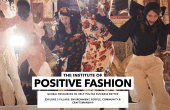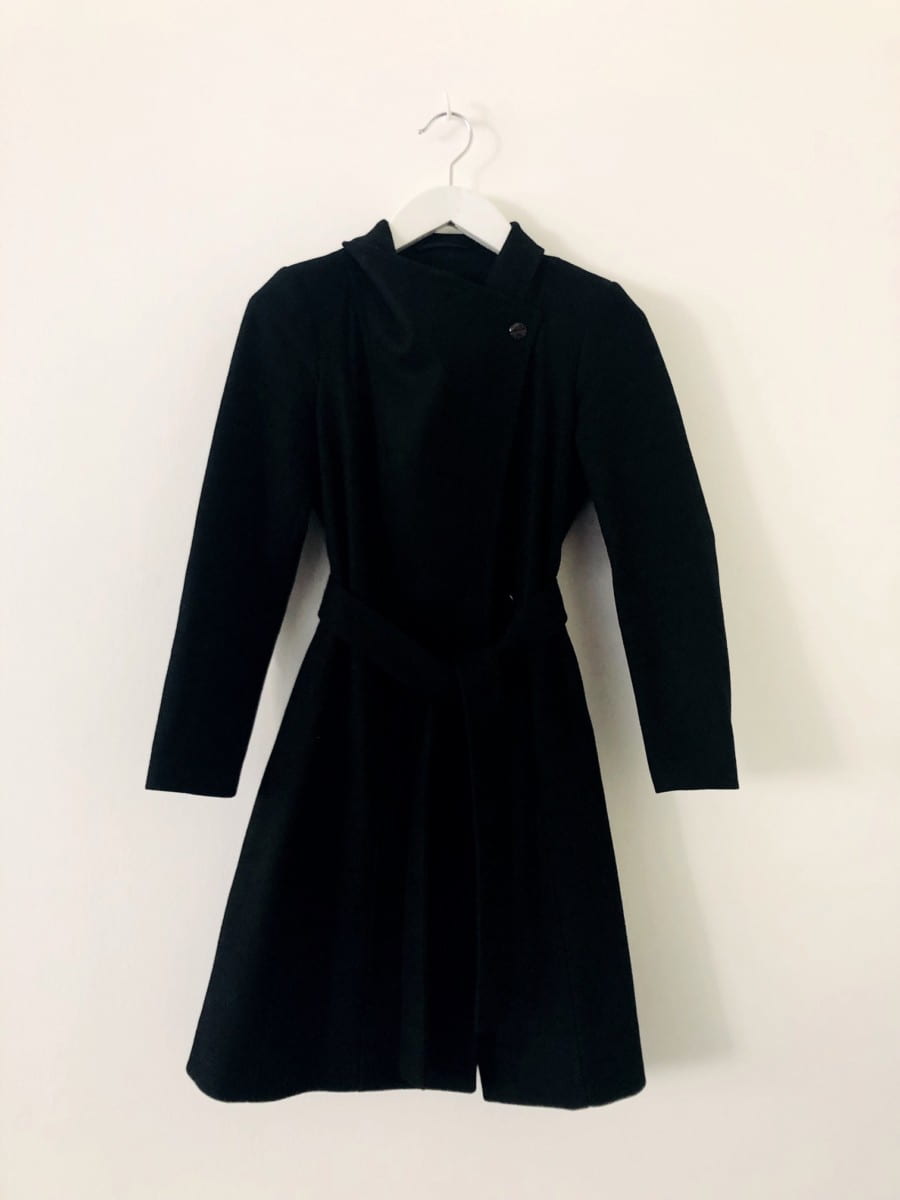Fashion exhibitions are becoming an increasingly permanent feature on museum schedules, with popular ‘blockbuster’ shows like ‘Alexander McQueen: Savage Beauty’ or more recently ‘The Vulgar’ attracting a new wave of museum goers. With this in mind, I was surprised to discover the V&A’s latest fashion exhibition is of a more understated kind.
‘Balenciaga: Shaping Fashion’ is an exploration into the craftsmanship of ‘The Master’ of couture and how his innovative silhouettes have shaped modern fashion.
Whilst there have been other Balenciaga exhibitions – in New York and France – which have offered a retrospective on his life and work, this exhibition focuses specially on Balenciaga’s skills and impact on the future direction of fashion.

The exhibition – which is split into two parts, one showing the designer’s work and the other his legacy – is set in a much smaller, intimate space than previous shows at the V&A, which allows a more in-depth look at his process and encourages the viewer to focus on the finer details which Balenciaga has become so famous for.
Cristobal Balenciaga was initially trained as a tailor – unlike many couturiers – and as such he became revered for his high level of craftsmanship. Coco Chanel referred to the designer as “the only couturier in the truest sense of the word”.
Rather than conjuring up his designs through sketches and images, he began with the fabric and ‘built’ his designs in a more structural and architectural manner.
He pioneered silhouettes such as the baby doll, tunic and shift dresses, all of which went against the popular ‘New Look’ of the time, but have since become staples of the modern wardrobe.
Rather than favouring hourglass silhouettes, Balenciaga produced clothing that took focus away from the waist and instead sculpted the space around the body, framing the figure rather than restricting it. His exceptional draping and pattern cutting skills allowed him to create abstract forms which were revolutionary at the time, but today look very modern.

But of course, the complexity of the draping and pattern cutting can be difficult to appreciate in a finished garment that tends to look deceptively simple. Many of the unique construction features often lie hidden in the inside of garments. This presents a challenge in the context of an exhibition which is trying to highlight the designer’s craftsmanship.
The V&A have overcome this quite brilliantly in their curation process. They worked with X-ray artist Nick Veesley to expose the intricate internal construction of Balenciaga’s garments. Large scale X-rays sit alongside the original garments allowing the viewer to not only appreciate the beauty of the garment, but also really understand how it was made.

Balenciaga’s ‘Tulip’ dress looks relatively simple and loose fitting from the front but the x-ray reveals a boned bodice – dispelling the idea that Balenciaga did not use corsetry – and dress weights, which control how the fabric falls.

The curatorial team have also collaborated with our own MA Pattern and Garment Technology students from the London College of Fashion to provide insight into Balenciaga’s making process.
The students ‘reverse-engineered’ original Balenciaga garments, replicating the couturier’s techniques such as draping on the stand, and tracing directly from the garment where flat pattern cutting had been used, in order to extract workable paper patterns. These patterns were then scanned and digitally enhanced and used to create replica calico toiles (prototype garments).
By studying the original garments, the students were able to identify those signature details – such as the use of few seams (particularly in the sides of garments), the unusually placed shoulders, kimono sleeves, soft stand-away collars and exceptional finishing throughout – which earned Balenciaga the accolade of ‘The Master’ of haute couture.
In studying the construction of a minimalist dress for example, they learned that unusually the main body of the dress was cut from a single piece of fabric joined at the centre back – with no side seams. The armhole shape was also cut incredibly precisely to give the dress a beautiful drape.

Digital animations of the student’s pattern cutting work is displayed in the exhibition alongside the garments, which – like the X-rays – is another way of really allowing the viewer to gain a deeper insight into the designer’s technique and craft.
There are other smaller details, like rotating mannequins and film footage, which also help demonstrate the inner workings of the couturier to the viewer. I think it’s this ‘in depth’ approach and the variety of methods used, which really makes the exhibition unique.
Examples of Balenciaga’s garments and the craftsmanship behind them really dominate the exhibition, but there is a second part of the show focussing on the designer’s legacy.
There are pieces from over 30 designers from the last 50 years feature, showing the influence that Balenciaga’s collections had on their own. Pieces from Comme des Garçons, Hussein ChalayanHussein H, Iris Van Herpen and Molly Goddard collections all feature, cleverly connecting the influential dots that resonate in modern day.
Particular highlights included a Molly Goddard tulle dress, which references Balenciaga’s babydoll silhouette and another tulle dress by Hussein Chalayan, which looks strikingly similar to a Balenciaga design from the 1957 collection and highlights how both designers create shapes which aim to obscure the natural form of the body.
This section really demonstrates the huge impact Balenciaga had – and still maintains – on the fashion industry and what we wear today. Seeing so many iterations of his ideas and styles in present day designers gives the exhibition a real relevance to contemporary fashion.
However, for me the real beauty of the exhibition is in the curatorial process, with a number of different forensic techniques applied to Balenciaga’s garments to shed new light on his exquisite craftsmanship.
The V&A, along with Nick Veesley and LCF students, have imagined new ways to inspire the visitor at a fashion exhibition, and for this reason, it is a must-visit.






